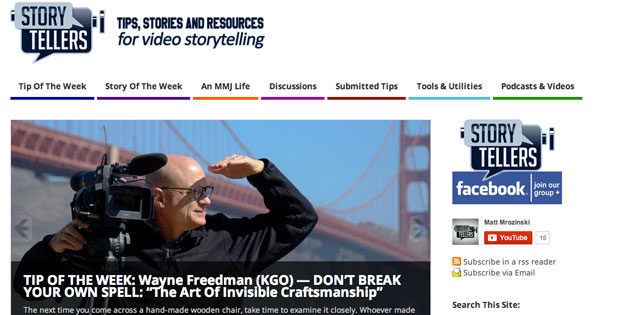Leverage AI for editorial cartoons, graphics
Conversations about artificial intelligence (AI) permeate our public discourse. Typically the focus on this technology centers on it being the end of humanity or a boon for societal progress.
Unboundedly, the answer falls somewhere between these two extremes.
Regardless, journalism must figure out how to coexist with these tools. There have been headline-grabbing failures of AI in journalism. With AI platforms being prone to hallucinations where they just make things up when a prompt confuses them, it seems unlikely that writers and reporters will be replaced by bots even as the technology improves, especially since AI-produced text often is flat and reads in a way that makes it clear no human played a hand in crafting the words.
However, these tools can be beneficial in other aspects of journalism and news production.
One place is in the realm of graphics and editorial cartoons.
Retired newspaper editor turned freelance writer and photographer Jim Painter shared how to leverage AI for editorial cartoons during the 2024 International Society of Weekly Newspaper Editors Conference in Toronto, Canada.
He focused on three tools (a video of his presentation can be watched below): Midjourney, Dall-E, and Adobe Firefly.
“With AI image generators, editors can create unique and relevant cartoons that reflect the issues and sentiments of their community,” he said as part of his speech.
During his presentation, Painter provided a step-by-step explanation of how to quickly and easily generate digital images that can be used to accompany editorials or columns. He also showed how graphics could be made to accompany promotional materials or to amp up on-screen visuals for gameday coverage.
It was fascinating, and I see huge benefits in using such tools, especially if you don’t have a cartoonist or graphic designer on staff.
“By incorporating AI image generators, community newspaper editors can produce visually compelling content more efficiently, improving the overall reader experience and engagement,” Painter said during his talk. “Visually appealing content attracts readers’ attention, encourages them to spend more time on the page, and increases the likelihood they’ll share the content on social media.”
By using AI smartly, journalism might be able to increase and improve its news coverage and audience engagement, allowing journalism to thrive and survive.
Rather than being afraid, experiment with what the tools can do. If you find something that works for you, great. If not, that’s OK too.
As journalists, we are all information gatherers, so we shouldn’t act any differently when it comes to evolving technologies.





